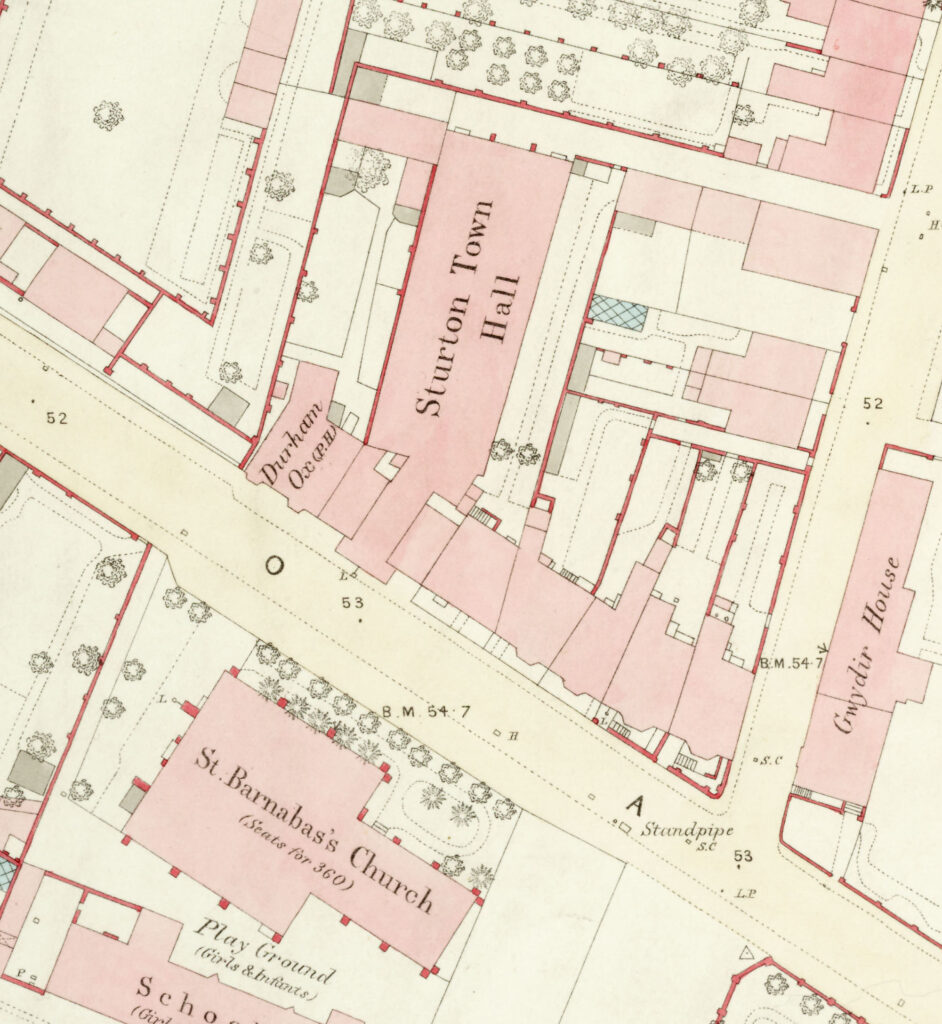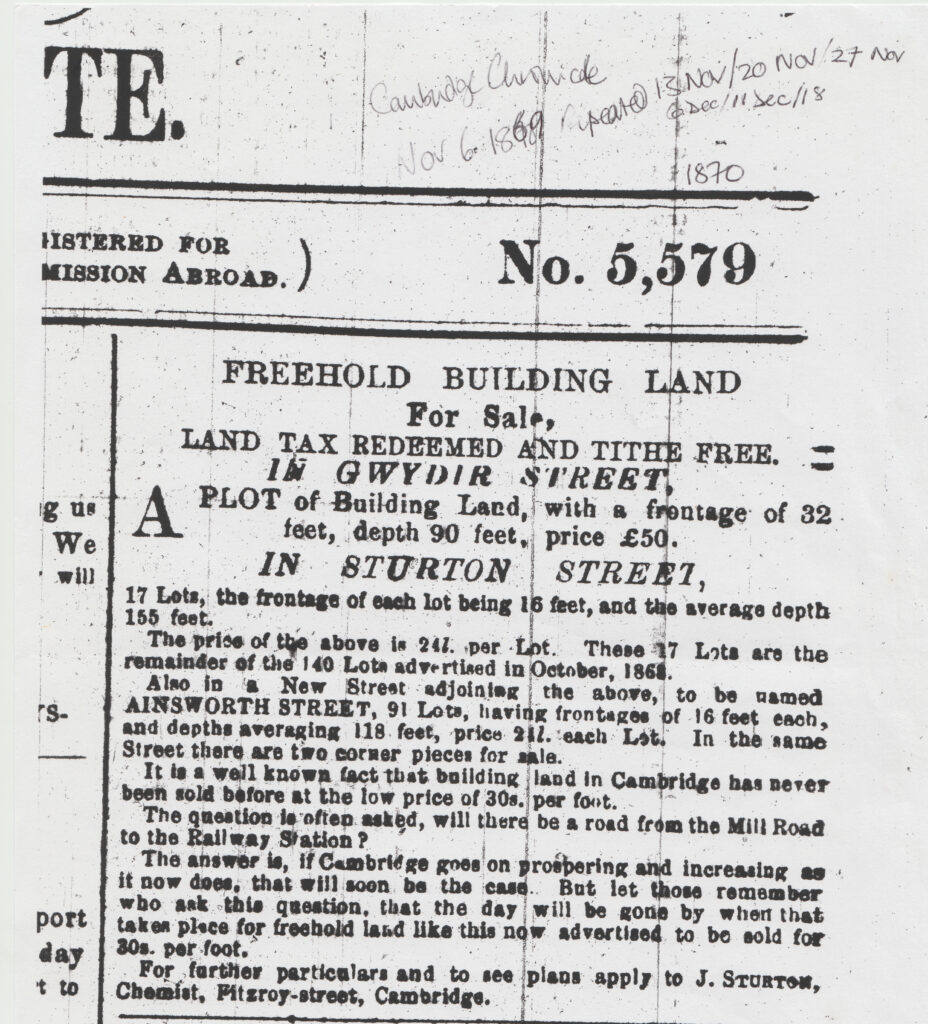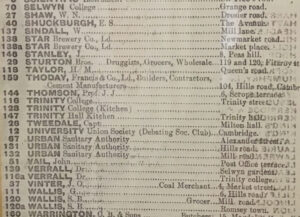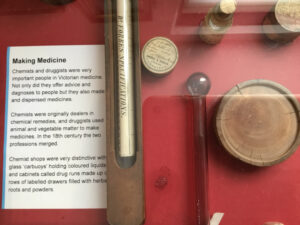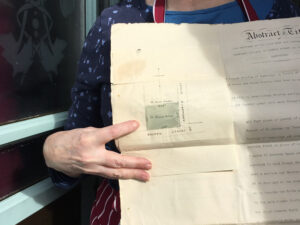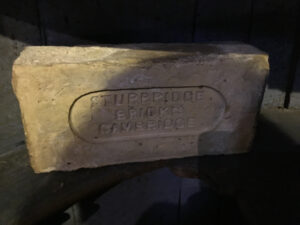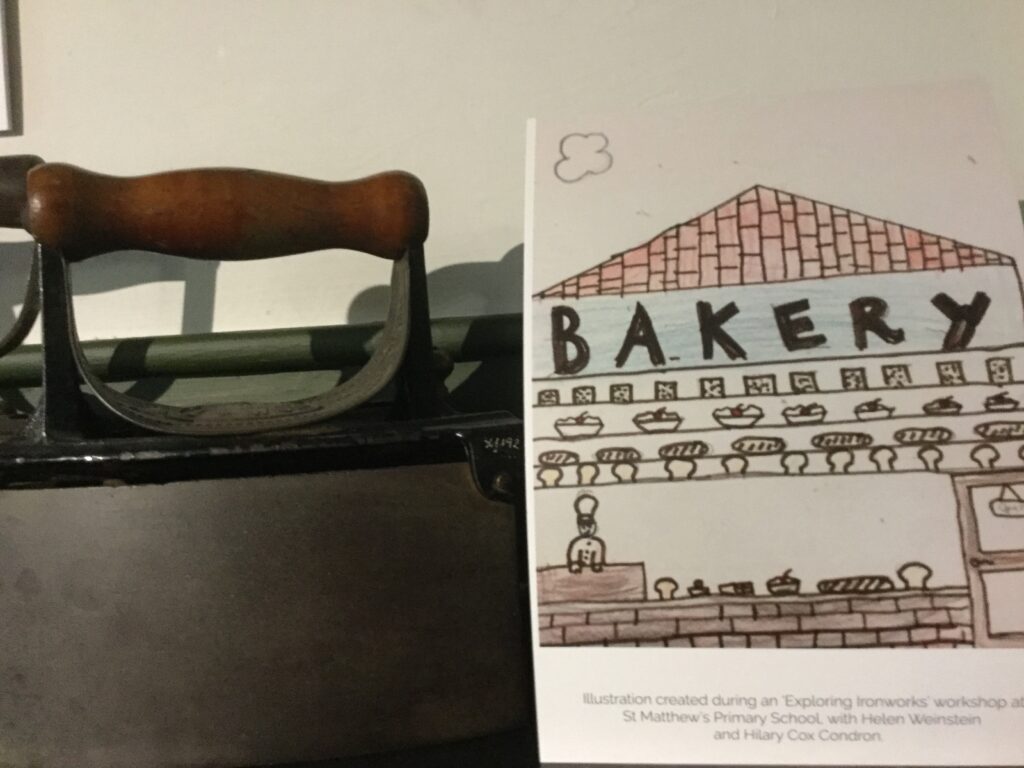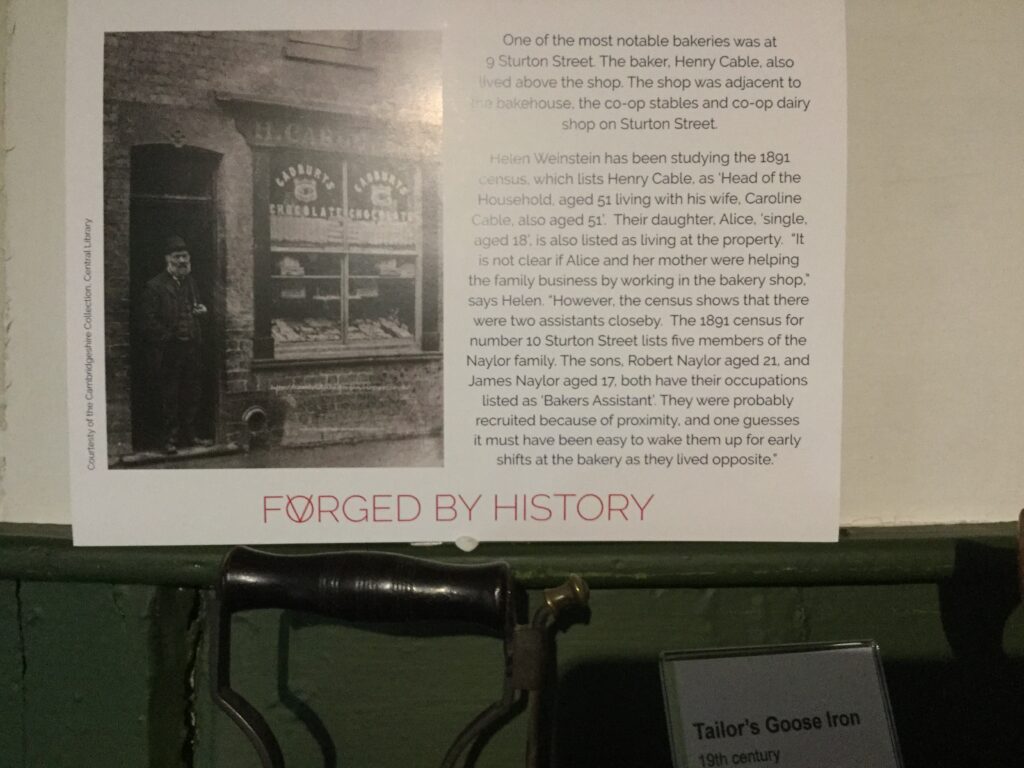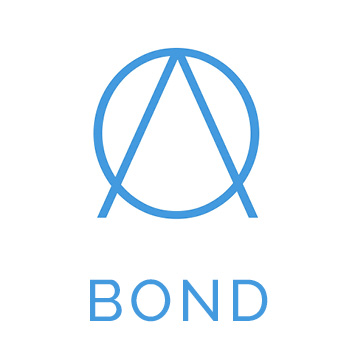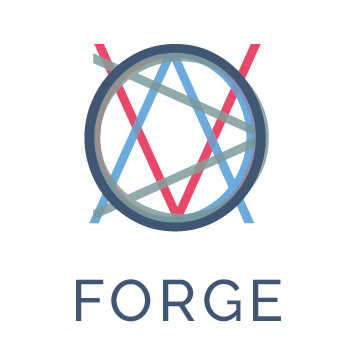The Building of Sturton Town

Many people have been exploring more of their local history throughout the pandemic. Paperwork and artefacts have been discovered as filing cabinets and attics have been sorted, and the past has, literally, been dug-up as more residents take to gardening; unearthing bricks, horseshoes, tools and glassware.
From deeds and legal documents to beer bottles and inkwells, all these finds have helped Ironworks community historian, Helen Weinstein, to piece together the story of Sturton Town – developed by Joseph Sturton after her bought the fields next to the Eagle Foundry in 1969.
Sturton created an entire new community: A parallel story to Ironworks today.
By Helen Weinstein.
Some locals still refer to the neighbourhood as Sturton Town. Many remember Sturton Town Hall, clearly marked in lettering at the top of the old Kinema on Mill Road, the foundation brick above dating the building to 1882.
Older residents may also remember Sturton Town Printers, Sturton Town Milk Company, and Sturton Town Brewery (as the Worboys Brewery was often called on official documents).
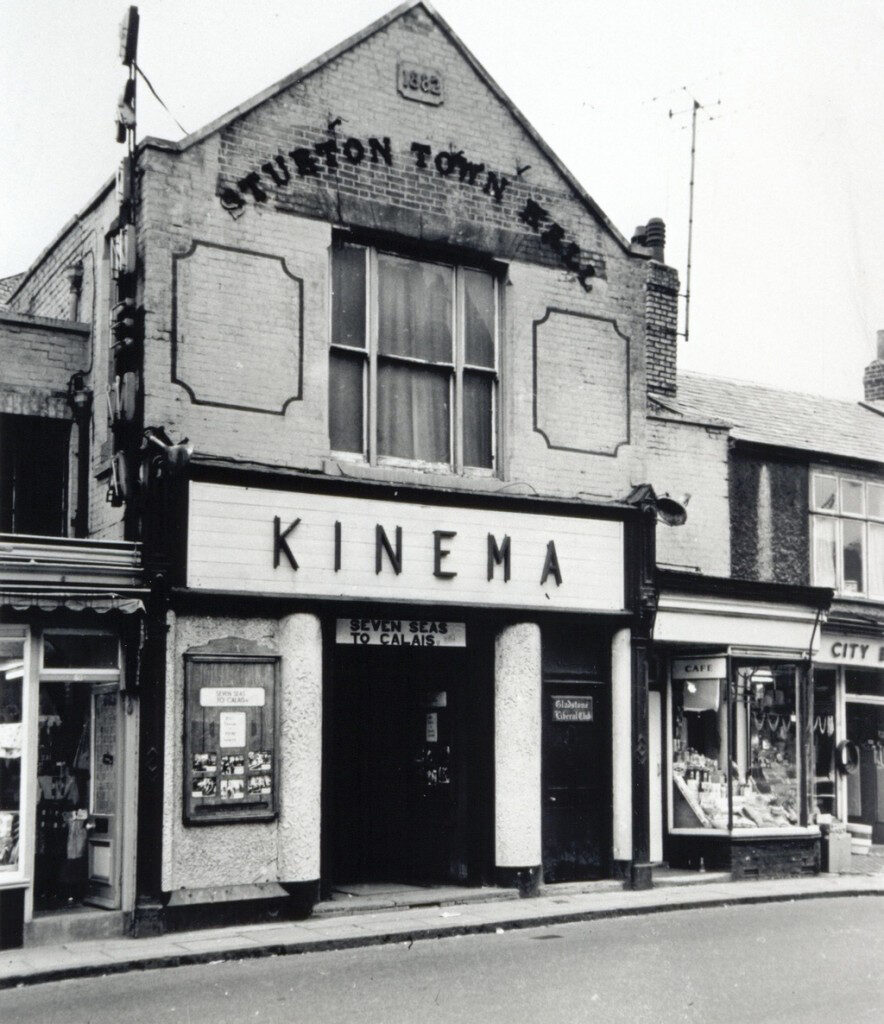
The Kinema. Photo credit: Capturing Cambridge, hosted by The Museum of Cambridge.
Prior to the railway, the Mill Road area was agricultural land, as this 1830 Baker map illustrates. The land was part of Barnwell Abbey, later bought by the Geldart family – and the River Cam was the main transport network for trade, linking Cambridge to King’s Lynn and the wash. The landscape changed dramatically when Cambridge Train Station was built in 1845. Railway lines crossed the fields in many directions, and the land was carved up into plots and sold for housing and businesses, including heavy industry.
- 1830 Baker Map featuring the windmill.
- 1888 OS map showing Sturton Town Hall.
- Newspaper advert by Joseph Sturton, 1869.
The land between Mill Road and the railway, running east towards Coldham’s Lane and Newmarket Road, was purchased by Joseph Sturton in 1869.
After purchasing the land between Mill Road and the railway from the Geldart family in 1869, Joseph Sturton rapidly constructed streets and facilities, and sold off plots of land for housing and businesses, as the newspaper advert above shows.
Who was Joseph Sturton?
Historian Helen Weinstein has found out: Joseph Sturton ran a successful family chemist and druggist shop in Cambridge from 1838, with a warehouse attached for making and supplying drugs. Both his businesses were on Fitzroy street, on what is now a pedestrian-only street leading into the Grafton Centre. His pharmacy business was well established by the time Sturton started in property development. He advertised his pharmacy products in the local newspapers, for example, one for wholesale tonics reads: ‘Sturton’s Quinine and Iron Tonic enriches and purifies the blood, strengthens the system, and imparts tone and energy to the digestive organs’. The chemist and wholesale business were successful, and Sturton used the Fitzroy Street address for running his new property development business.
- Museum of Cambridge: phone book showing Joseph Sturton’s name.
- The Museum of Cambridge: Making Medicine.
- 1870 deeds for Hooper Street’s Leeds House.
- The Museum of Cambridge: Stourbridge brick
Building a new community
One set of deeds and legal documents recently discovered reveals Sturton’s property development operations. These deeds are for the large plot on Hooper Street and show that the Victorian developers were often local artisans (such as shoemakers, carpenters and joiners) themselves. This example from 15th July 1870, shows one plot of land was sold to a developer called Mr Thomas Holden, a shoemaker from Cross Street. The plot – which covered 120 feet on Hooper Street and 84 feet on Ainsworth Street – was then sub-divided to make a row of terraced houses with small gardens, as you can see on the document.
Early maps show how every street had a varied mix of new houses and shops, schools and businesses, with small orchards and plant nurseries, dairies and abattoirs, piggeries and chicken houses. We see vestiges of the rural economy alongside new businesses running on an industrial scale, such as soap and candle-making factories near St Matthew’s Church, a tin-making factory on Sturton Street, boot and shoe repair workshops on Gwydir Street, and of course large-scale brewing in malthouses and beer houses.”
In this virtual tour through Sturton Town, Helen introduces the Victorian homes and businesses, from the Ironworks at Headly’s Eagle Iron Foundry to the dairies and brewers, shoe and boot makers, laundries and dressmakers who lived with their families in the terraced housing. Helen takes you to Sturton Street and Gwydir Street, the parallel streets of Kingston and Ainsworth, and the linking streets of Sleaford and Hooper and Milford – all built very rapidly once Sturton sold off the plots – showing the evidence of this thriving Victorian community.
FORGE Pop-Up Exhibition at The Museum of Cambridge 19th December – 8th February
As you begin your journey through the museum you will discover stories and people from Sturton Town, Mill Road and the Ironworks site, relating their stories to the collection. Can imagining past lives help us to envisage a different future?
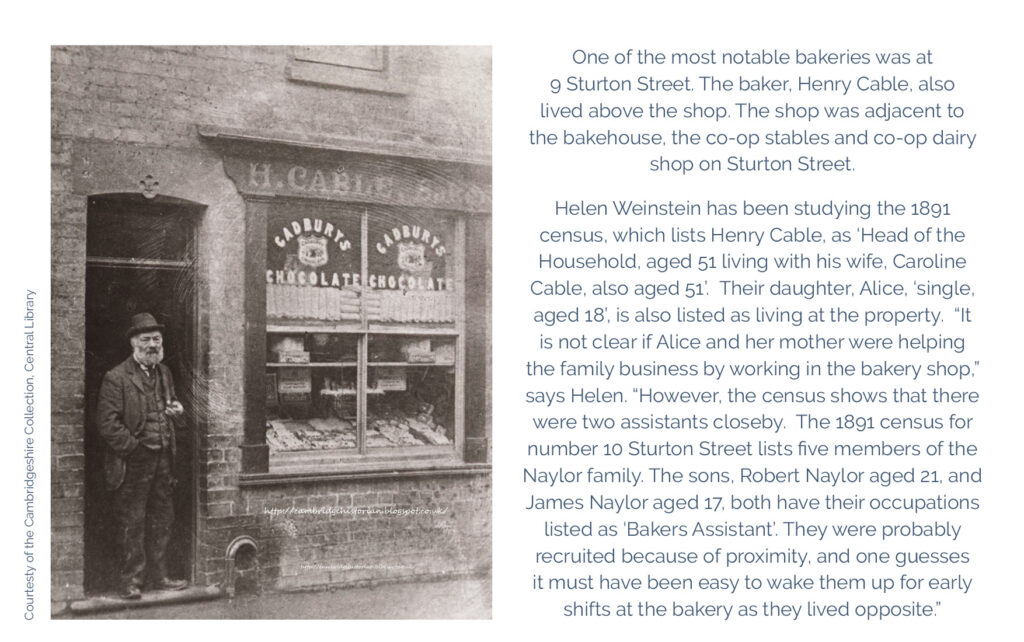
FORGE 2020 at The Museum of Cambridge
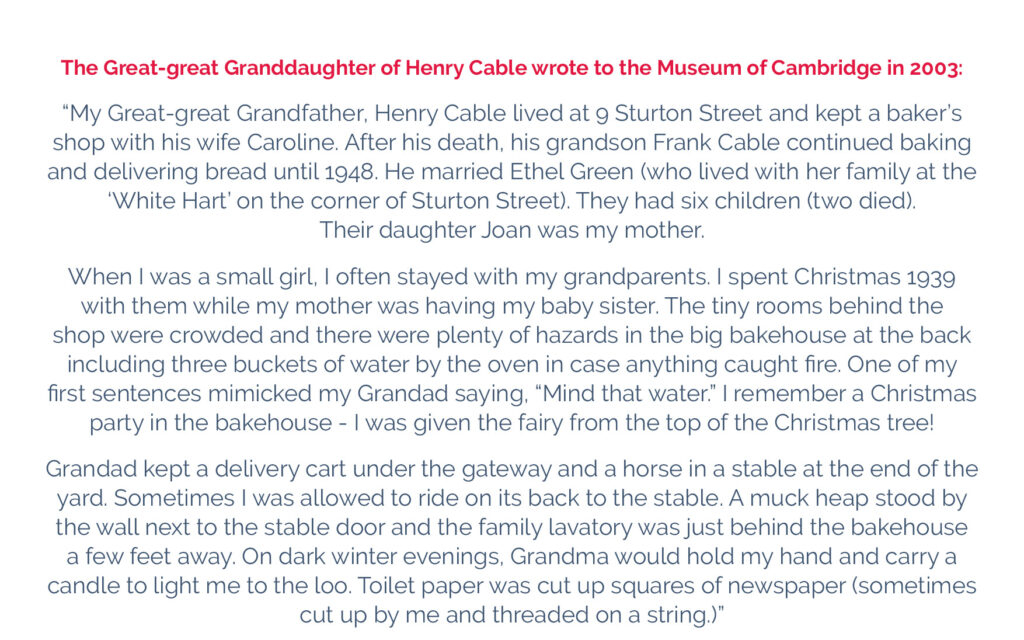
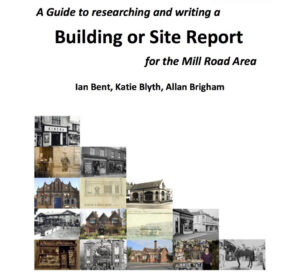
Research your home: Mill Road History Society has created this pdf guide to researching a building.

FORGE is an evolving project, sharing stories, ideas and actions together. We would love to hear from you!
Please email Ironworks artist in residence Hilary Cox Condron at hilarycoxcondron@gmail.com
Join the conversation on our Facebook page HERE
Hilary Cox Condron on Twitter @mshilarycoxSocial distancing has meant we have had to find lots of different ways to connect. The FORGE Community Gallery is another digital opportunity to share our creativity and ideas, and spread a little joy, too. If you would like to add to it, it’s really quite straight forward, there are instructions on the page – posts can be anonymous if you’d like them to be – and all posts will be monitored before it is made public. We would love you to join us there.
#ForgeCambridge #shapebondtransform
If you would like updates about the IRONWORKS public art programme and future community events, you can sign up to the Resonance-Cambridge mailing list HERE

